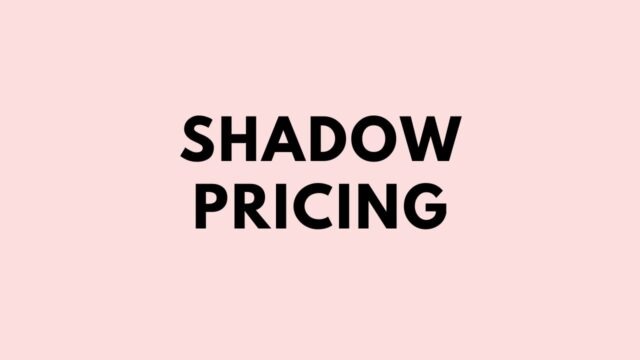
Shadow pricing is a technique used to estimate the value of a product or service that does not have a market price.
Why is Shadow Pricing Used?
Shadow pricing is often used in economic analysis and decision-making, particularly when evaluating the costs and benefits of public policies or projects.
How is a Shadow Price Determined?
To determine a shadow price, analysts consider the market price of a similar product or service, and then adjust it to reflect the unique characteristics of the item being evaluated. This can include factors such as the availability of substitutes, the elasticity of demand, and the externalities associated with the item.
Examples of Shadow Pricing
For example, if a government is considering building a new highway, analysts might use shadow pricing to estimate the value of the transportation services provided by the highway. They might consider the market price of alternative forms of transportation, such as buses or trains, and then adjust the price to reflect the convenience and speed of the highway.
Shadow Pricing in Cost-Benefit Analysis
Shadow pricing is often used in conjunction with cost-benefit analysis, which is a method of evaluating the overall efficiency of a policy or project by comparing the costs to the benefits. By assigning a shadow price to the benefits of a policy or project, analysts can more accurately compare the costs and benefits and determine whether the project is worthwhile.
Conclusion
Overall, shadow pricing is a useful tool for policymakers and decision-makers who need to make informed decisions about the allocation of resources. It allows them to take into account the unique value of a product or service, even if it does not have a market price.


































